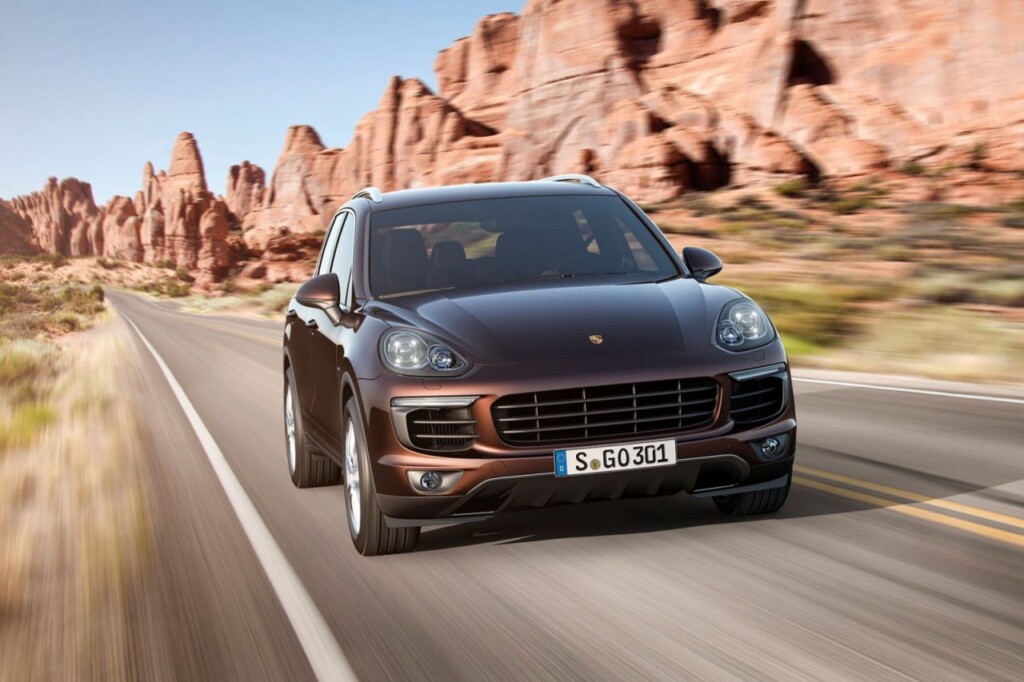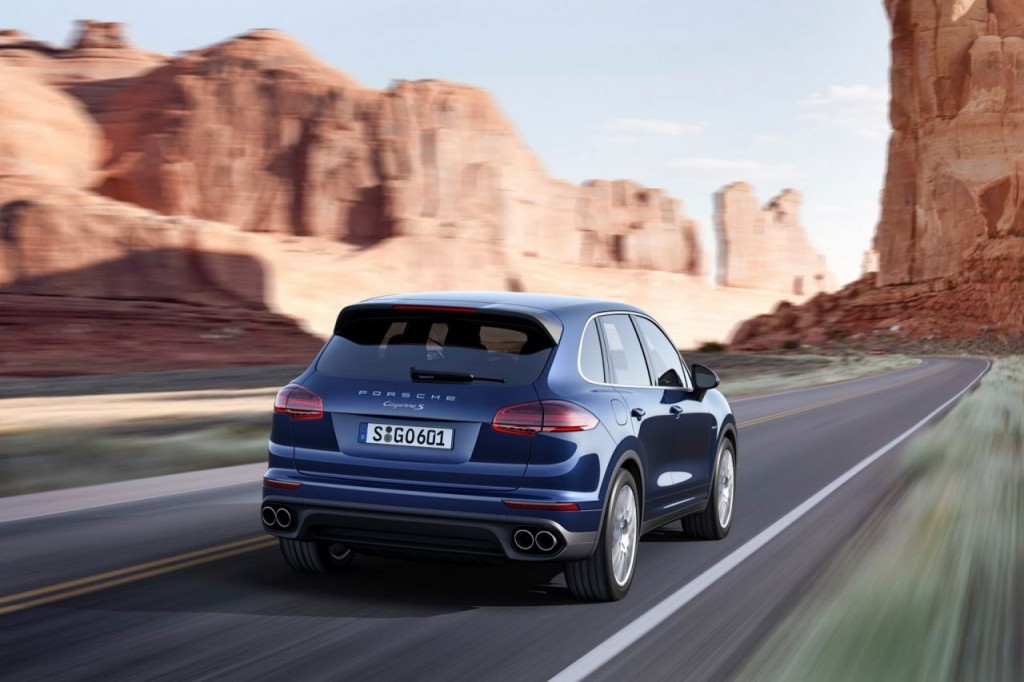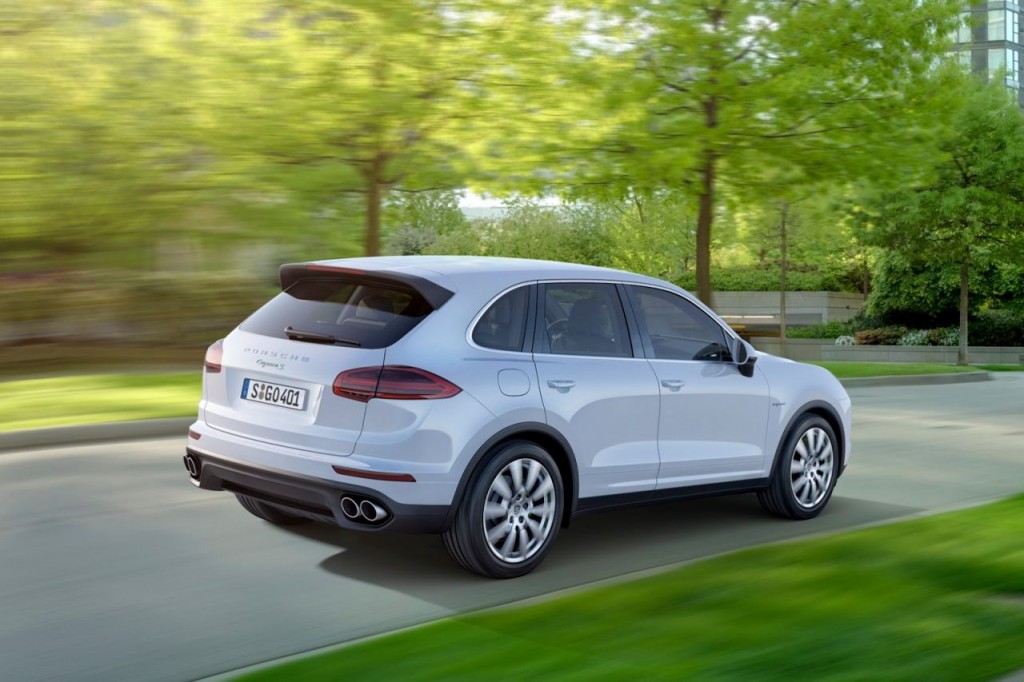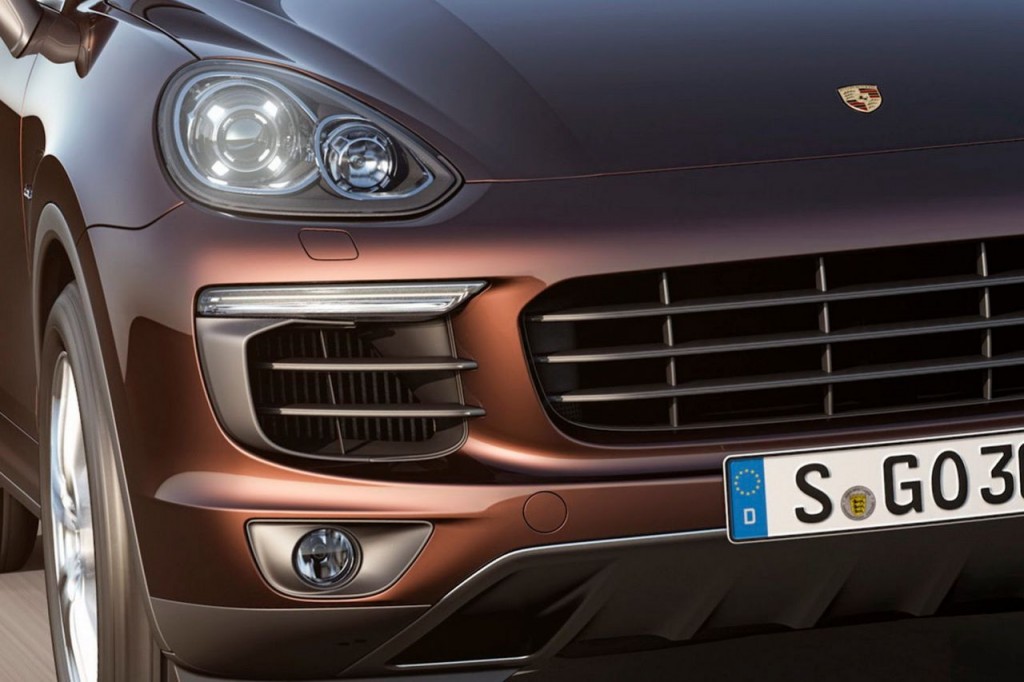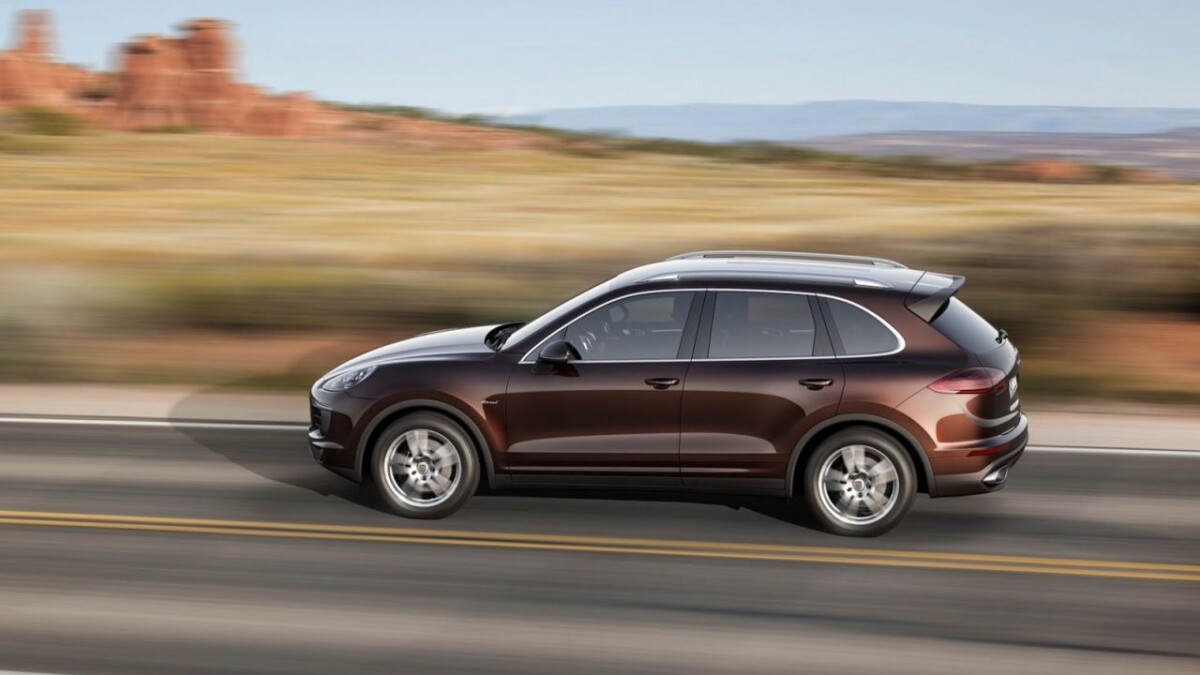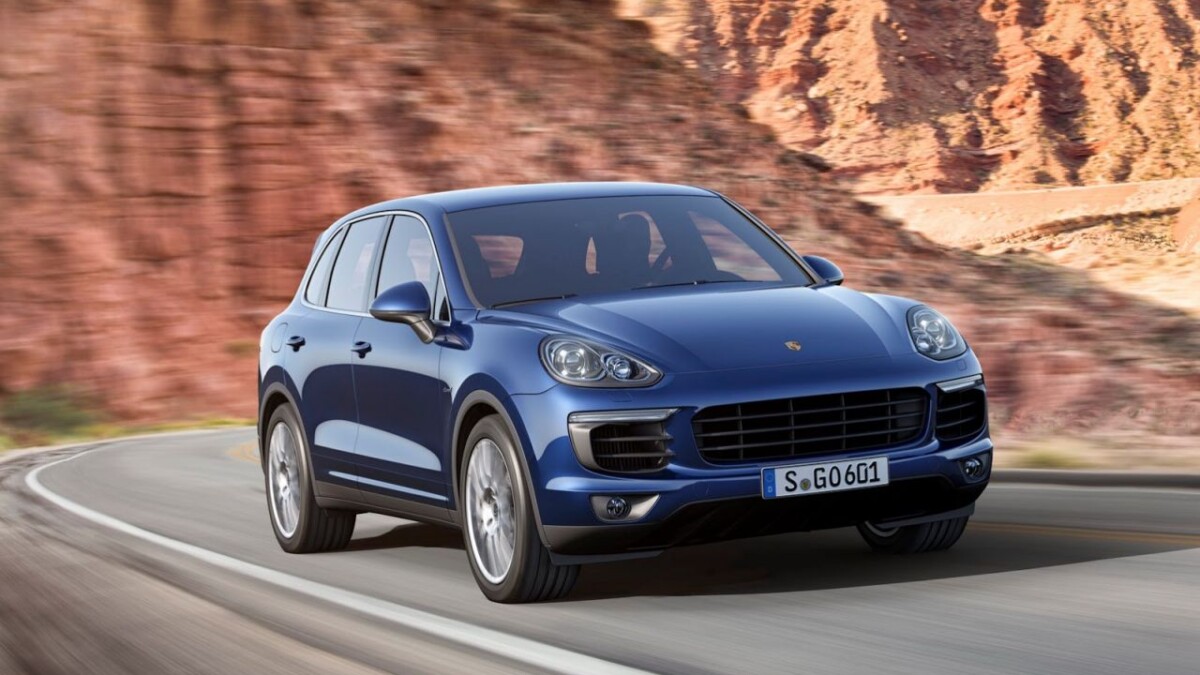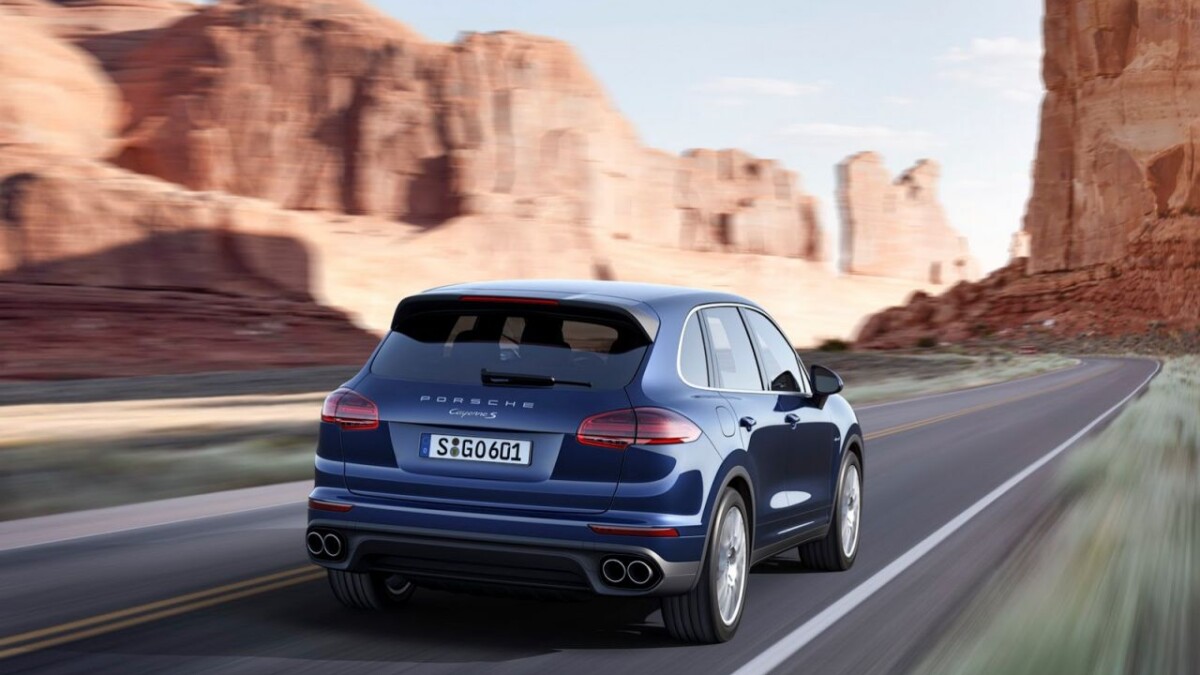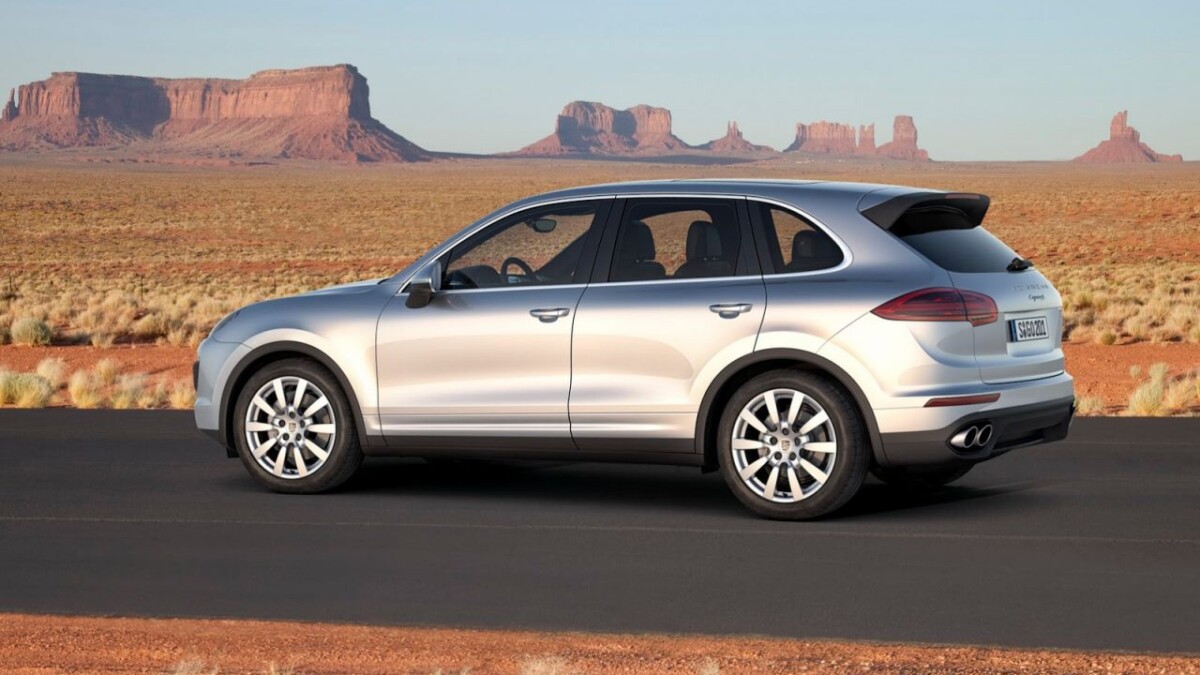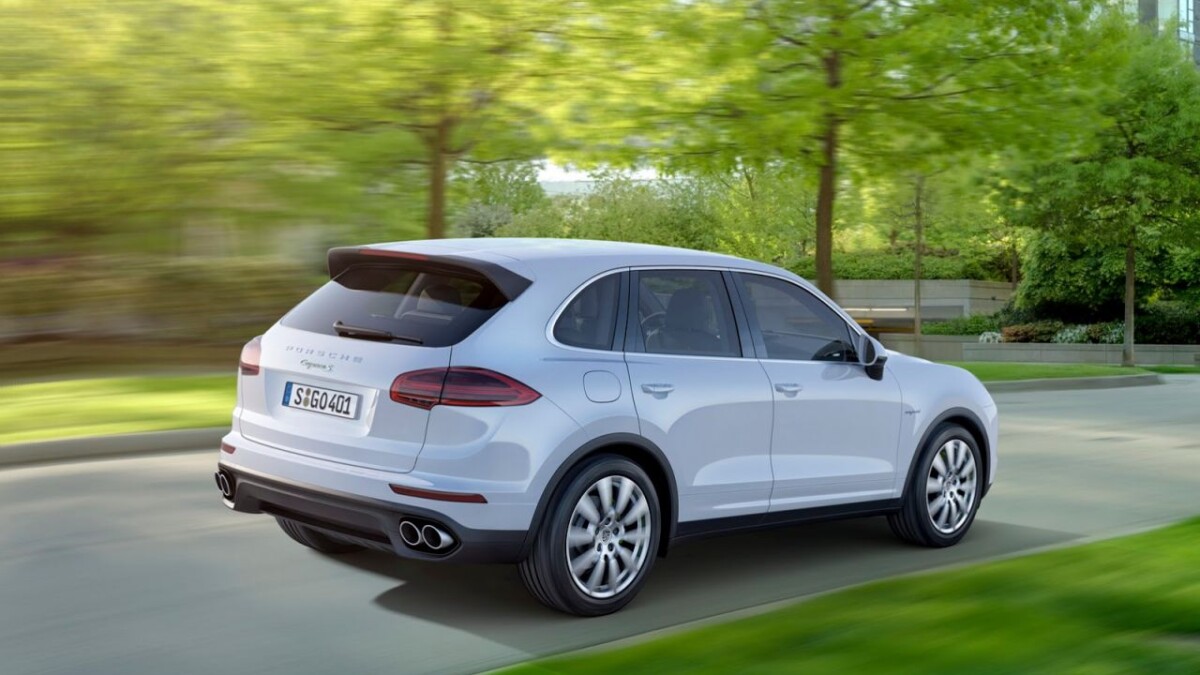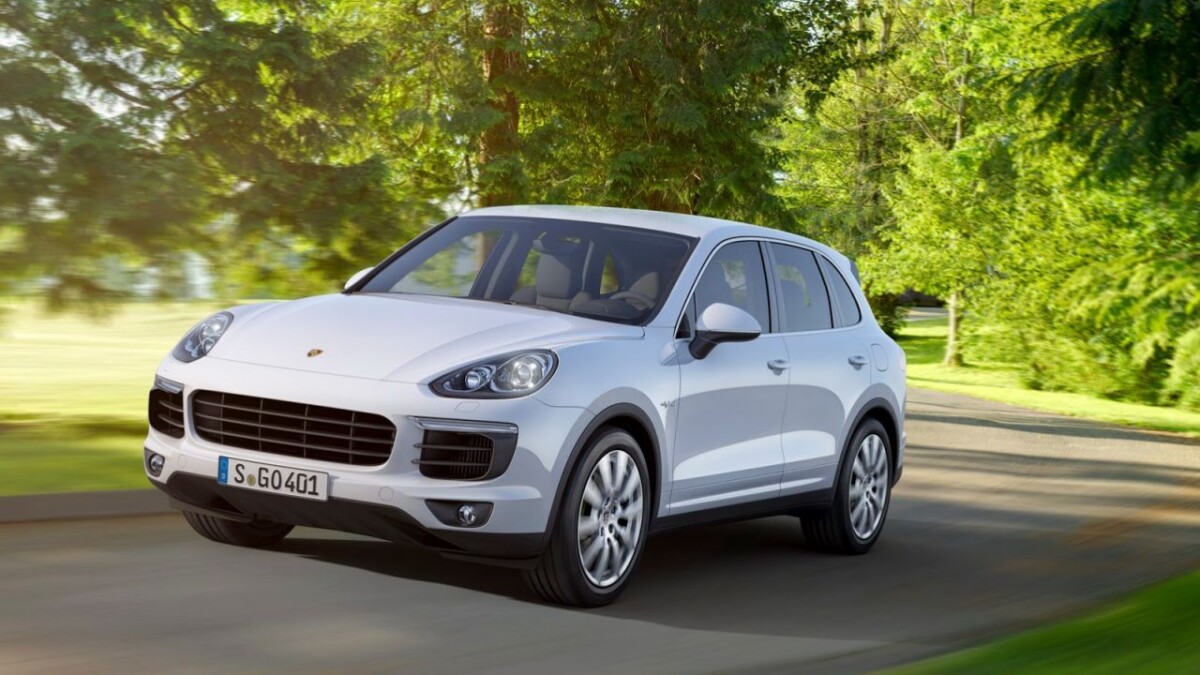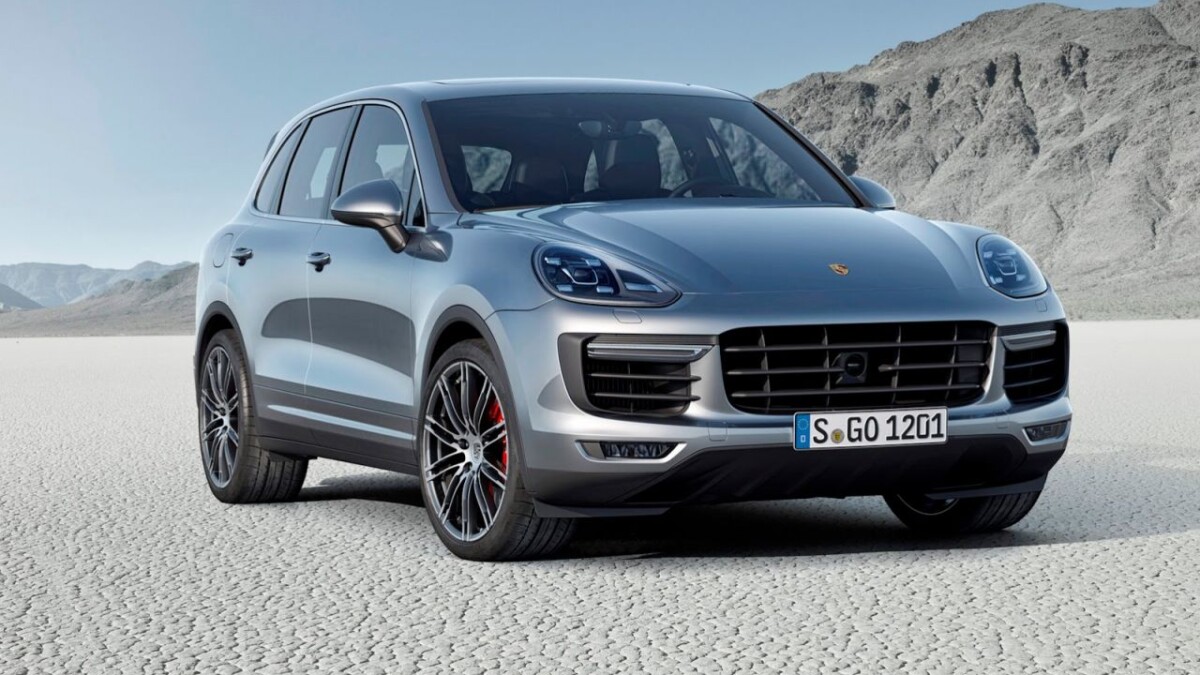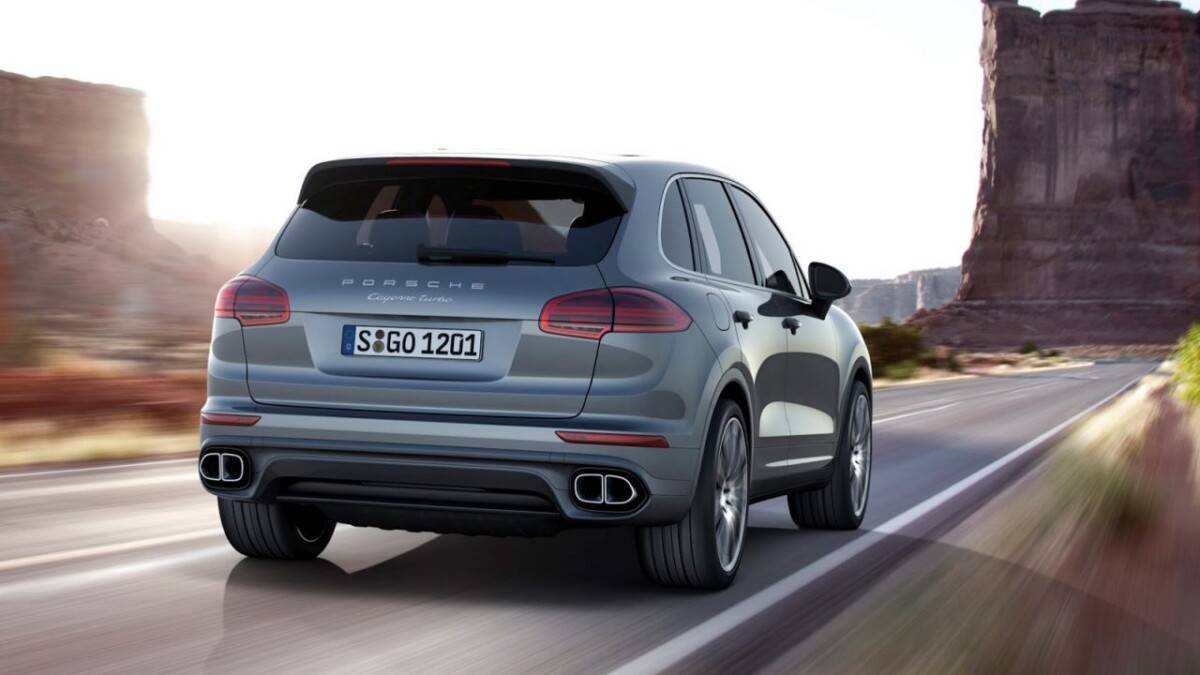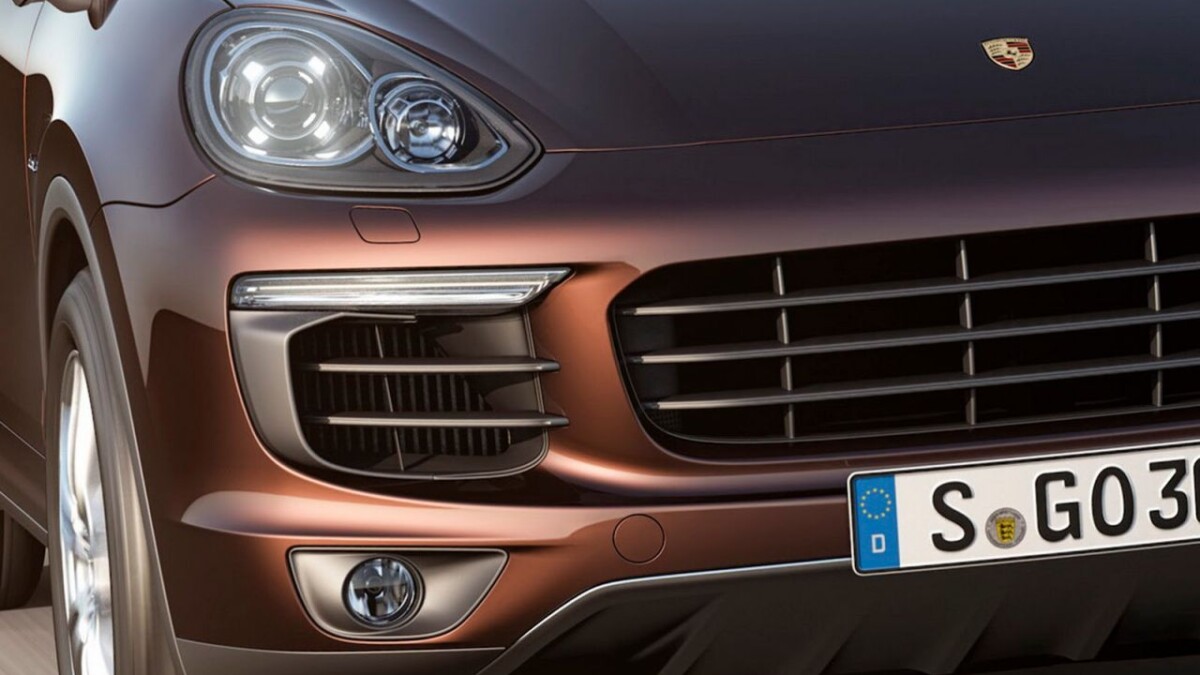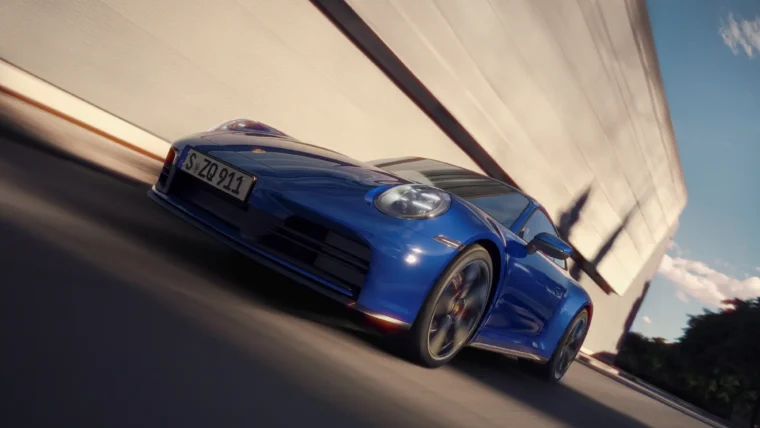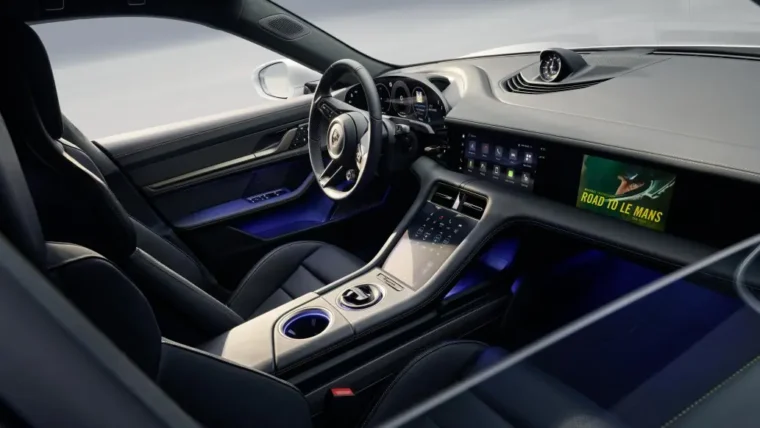Porsche has just taken the sheets off the facelifted 2015 Cayenne SUV prior to its first public debut at the Paris Motor Show in October 2014.
The introduction of the facelifted Cayenne also marks the world premiere of the Cayenne S E-Hybrid, which is the first plug-in hybrid in the premium SUV segment. This model, together with the Panamera S E-Hybrid and the 918 Spyder, make Porsche the world’s only car manufacturer to offer 3 plug-in hybrid models. Another highlight is the entirely new 3.6-litre twin-turbo V6 engine for the Cayenne S. It was fully developed by Porsche and shows both improved performance and fuel-economy compared to its predecessor.
As the first plug-in hybrid in the premium SUV segment, the Cayenne S E-Hybrid comes fitted with a lithium-ion traction battery with an energy capacity of 10.9 kWh, which enables pure electric driving of 18 to 36 km, depending on the style of driving and route topography. The power of the electric motor was more than doubled, from 47 hp to 95 hp, resulting in an all-electric top speed of 125km/h. Combined with the 3.0-litre supercharged V6 (333 hp), a total system power of 416 hp and a total system torque of 590Nm is available. This enables driving performance on the level of a sports car: zero to 100 km/h in 5.9 seconds and a top speed of 243km/h. The traction battery can be charged from the electric power grid or while driving.
The diesel versions of the Cayenne on the other hand, combine sportiness with even better fuel efficiency. For example, the three-litre V6 engine in the Cayenne Diesel produces 262hp and 580Nm of torque. This allows the car to accelerate from zero to 100 km/h in 7.3 seconds (7.2 seconds with the optional Sport Chrono package) whilst reaching a top speed of 221 km/h. The 4.2-litre V8 engine of the Cayenne S Diesel produces 385hp and 850Nm of torque. From a standstill, it reaches 100 km/h in 5.4 seconds (5.3 seconds with the optional Sport Chrono package) while top speed is limited at 252 km/h.
The new 3.6-litre twin-turbo V6 engine of the Cayenne S, which was developed entirely at Porsche, is another example of how downsizing with reduced engine displacement and fewer cylinders does not compromise core values. The twin-turbo V6 develops a maximum power of 420hp – a gain of 20 hp. The car’s torque of 550Nm is available from 1,350 to 4,500 rpm (gain of 50Nm). The previous power density of 83hp per litre engine displacement was increased to 117hp (gain of around 40%). With its standard 8-speed Tiptronic S transmission, the Cayenne S accelerates from zero to 100km/h in just 5.5 seconds (5.4 seconds with the optional Sport Chrono package) – 0.4 seconds faster than the previous Cayenne S. The vehicle’s top speed is now 267 km/h (gain of one km/h).
Finally, the Cayenne Turbo is characterized by a high level of performance readiness, uninterrupted forward thrust and an ability to handle any driving situation. The 4.8-litre engine displacement, 8-cylinders and twin-turbochargers result in engine power of 520hp and 750Nm of torque. This lets the Cayenne Turbo accelerate from zero to 100km/h in just 4.5 seconds (4.4 seconds with the optional Sport Chrono package), with a top speed of 279 km/h. Fuel consumption is 11.2 to 11.5 l/100 km (261-267 g/km CO2).
All 2015 Cayennes comes with an improved “auto stop-start function plus” system and optimized thermal management, while Active air flaps are being used for the first time to improve aerodynamics and consequently, fuel consumption.
In this latest version, Porsche designers have given the Cayenne an even sharper design with precise lines and purposefully placed light refracting edges. The design of the front body, the front fenders and the hood are entirely new. Another new feature are the airblades, which are air fins located on the right and left of the vehicle’s front end used to guide air to the intercoolers for cooling, while also making a strong visual statement.
At first glance, the new Cayenne can be clearly made out as a Porsche by its Bi-Xenon headlights, which are standard on the Diesel, S, and S E-Hybrid models, with “hovering” four-point LED daytime running lights. Standard on the top model, the Cayenne Turbo, are high performance LED headlights with the Porsche Dynamic Light System (PDLS).
The rear section of the new Cayenne was also thoroughly updated to make it look much better looking compared to its predecessors. The layout of the rear lights creates a three-dimensional effect; the brake lights – like the LED daytime running lights in front – are designed in four elements. The license plate recess, tailgate handle and lights are now integrated more elegantly into the tailgate lid. The vehicle’s horizontal lines were also re-designed, giving the vehicle an even fuller stance on the road. The newly designed exhaust tailpipes are now integrated in the lower rear fascia.
Inside, the driver now gets a new multifunction sport steering wheel with shift paddles as standard. The rear seating system has also been updated to be even more comfortable, and seat ventilation can now be ordered as an option for the rear seats.
The new Cayenne models are scheduled to be launched in Malaysia in the first quarter of 2015.
Other posts by AF Newsdesk


